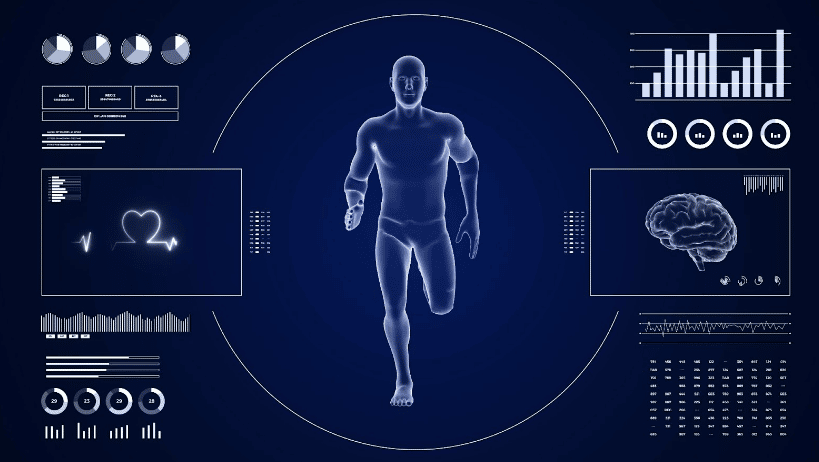This blog will help you understand what is data warehousing and data mining. You will understand about the features advantages and differences of both topics.
What is Data Warehousing?
Data warehousing is the collection and management of large amounts of data that can be used in the future to derive meaningful conclusions. In other words, it is an organization’s electronic storage of a large amount of information designed to address queries and make general analyses instead of only transaction processing. It is a process that comes before converting data into relevant information and making it available for different users on a timely basis for their specific uses.
Features of Data Warehousing
- Non-volatile – This indicates that the older data is not removed when new data is introduced to the data warehouse. Because the operational database and data warehouse are maintained apart, the data warehouse does not reflect ongoing changes in the operational database.
- Time-Variant – A certain time period is used to identify the data collected in a data warehouse.
- Subject Oriented – It gives you crucial information on a particular subject, such as vendors, goods, sales, clients, etc. The analysis and modelling of data that help any organization make data-driven choices are often handled by data warehousing.
- Integrated – Various heterogeneous sources, like level documents or social databases, are combined to create a data warehouse.
Advantages of Data Warehousing
- The data warehouse’s role is to simplify understanding any type of company data. The user’s work will primarily involve entering raw data.
- The most important advantage of this technology is its ability to update frequently and continuously. Data warehouses are thus ideal for businesses and individuals who wish to keep up with their target market and clients.
- Data becomes more accessible to businesses and organisations.
- A data warehouse contains a substantial amount of historical data that users can analyze to assess various eras and patterns and make forecasts for the future.
What is Data Mining?
Data Mining is a method that is used to extract meaningful and usable insights from large piles of datasets that are generally raw in nature. Data mining deals with analyzing data patterns from large chunks using a range of software that is available for analysis. These insights are used by business houses to identify trends and further their business agendas through better customer targeting and acquiring new audiences.
To have a detailed overview of the entire data mining process, check out our blog “Data Mining Tutorial – A Complete Guide.”
Features of Data Mining
- Data Mining helps organizations to come up with actionable insights.
- It makes use of automatic pattern recognition.
- Data Mining majorly helps with large databases and datasets
- Future outcomes can be predicted.
Advantages of Data Mining
- Cost-effective and efficient
- Identification and detection of unanticipated system failures are one of the major features of Data Mining.
- Helps organizations with trend analysis
- Fraud detection
Data Mining | Data Warehousing |
|---|---|
|
The method of finding data patterns is called data mining. |
A database system known as a Data Warehouse is created for analytical analysis. |
|
Identifying the right patterns by comparing large amounts of data is the basic methodology of Data mining. |
Data warehousing is a method of centralizing data from different sources into one common repository. |
|
Business users usually do data mining with the assistance of engineers. |
Data Warehousing is a must before conducting any sort of data mining. |
|
Data mining techniques are economical and effective compared to other statistical data uses. |
Simplifying all forms of company data is the function of the data warehouse. The majority of the user’s job will be entering the raw data. |
|
Actionable strategies based on data insights can be developed with the use of data mining. |
You won’t likely ever lose track of the data you enter into the data warehouse system again. You must conduct a rapid search that enables you to locate the appropriate statistical data. |
|
Data Mining helps organizations by giving them helpful and accessible knowledge-based data. |
Data Warehouses help organizations to make future predictions by analyzing data from different time periods and trends. |
If you want to learn more about data warehousing and data mining techniques, please visit the data science section of our blog.
You can also sign up for Great Learning’s PG program in Data Science and Business Analytics to upskill yourself and build a successful data science career.
Must Read
Top Free Data Mining Tools of 2022









